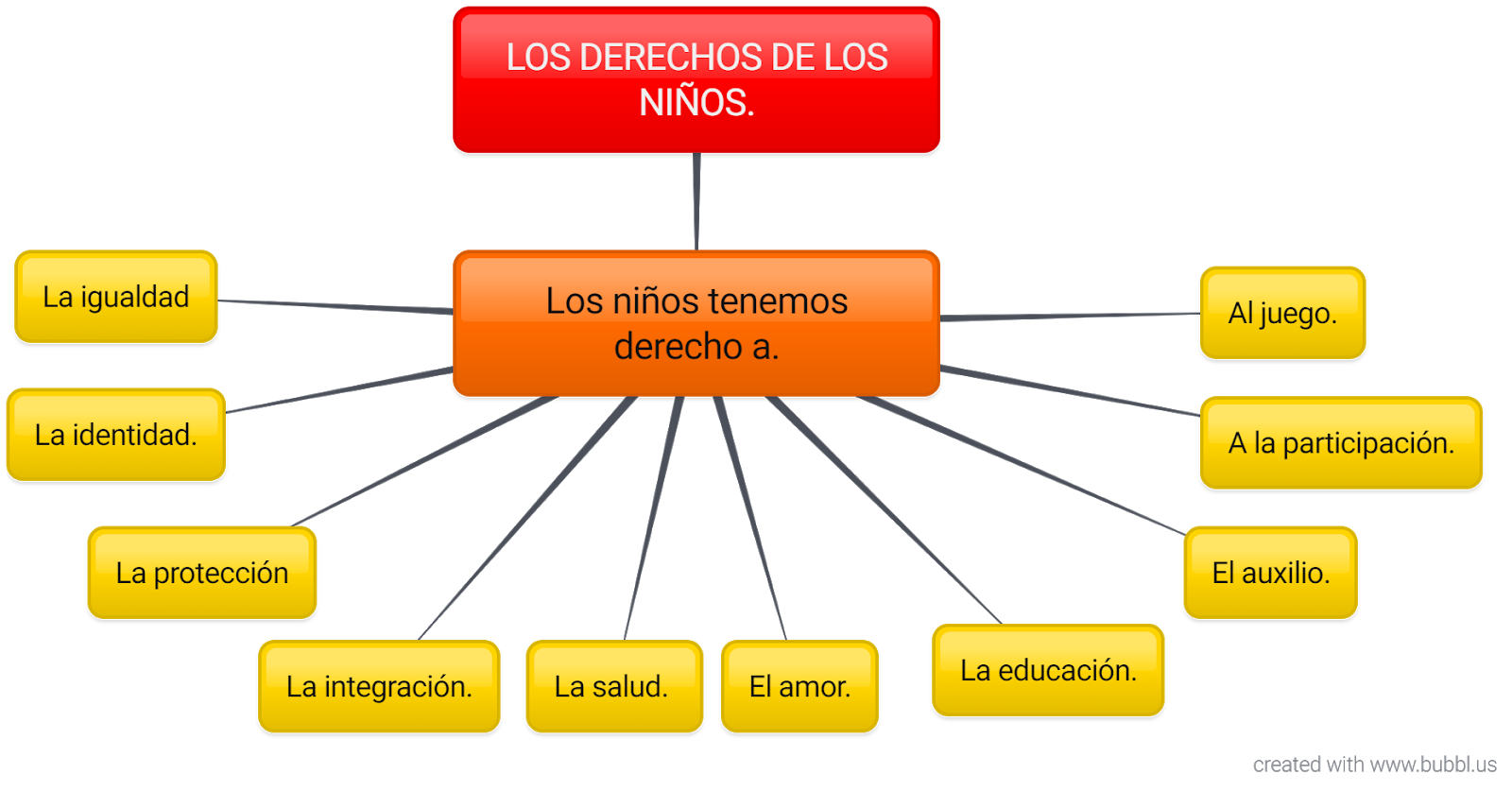Protecting Young Lives: Understanding Children's Rights Laws
Imagine a world where every child has the opportunity to thrive, free from exploitation, abuse, and neglect. This isn't a utopian dream, but the driving force behind children's rights laws, often referred to as "ley de las niñas y niños" in Spanish-speaking countries. These legal frameworks are designed to protect the most vulnerable members of society, ensuring their safety, development, and overall well-being. This article delves into the intricacies of these vital laws, exploring their historical context, practical implications, and the ongoing challenges in their implementation.
Children's rights legislation encompasses a broad range of protections, addressing crucial aspects of a child's life, from basic needs like food, shelter, and education to more complex issues such as protection from violence, exploitation, and discrimination. The core principle underlying these laws is the recognition that children are not simply miniature adults; they have unique needs and vulnerabilities that require specific legal safeguards. This understanding has revolutionized the way societies view and treat their youngest members.
The historical roots of children's rights legislation can be traced back to early international declarations and conventions. The groundbreaking United Nations Convention on the Rights of the Child (CRC), adopted in 1989, serves as a cornerstone for many national laws. The CRC outlines fundamental rights, including the right to life, survival, and development; protection from abuse and exploitation; and the right to participate in decisions that affect their lives. This international framework has inspired nations worldwide to enact and strengthen their own "ley de las niñas y niños," tailoring them to their specific cultural and social contexts.
The significance of children's rights legislation cannot be overstated. These laws provide a crucial safety net, ensuring that children have access to essential services and are protected from harm. They empower children by giving them a voice and allowing them to participate in decisions that shape their future. Moreover, these laws contribute to a more just and equitable society, recognizing the inherent dignity and worth of every child, regardless of their background or circumstances.
However, the implementation and enforcement of children’s rights laws often face significant hurdles. Poverty, discrimination, and lack of awareness can hinder their effectiveness. Furthermore, ensuring consistent application across different regions and communities requires ongoing effort and collaboration among governments, organizations, and individuals. Addressing these challenges is essential to realizing the full potential of these crucial legal frameworks.
A critical aspect of children's rights legislation is the right to education. This encompasses not only access to schooling but also the right to quality education that promotes their full development. Another key area is the protection of children from all forms of violence, including physical, emotional, and sexual abuse. The laws also address the specific needs of vulnerable children, such as those with disabilities or those living in poverty, ensuring they receive the support they require to thrive.
Benefits of robust "ley de las niñas y niños" include reduced child mortality rates, improved access to education and healthcare, and decreased rates of child labor and exploitation. These positive outcomes demonstrate the tangible impact of effective child protection legislation.
Successful examples of implementation include programs that provide legal assistance to children, awareness campaigns to educate communities about children's rights, and the establishment of child protection agencies to monitor and enforce the laws. These initiatives demonstrate the practical steps that can be taken to ensure that children's rights are upheld.
Advantages and Disadvantages of Implementing Child Rights Laws
Implementing child rights laws presents both advantages and disadvantages. Understanding these can help strengthen their implementation:
| Advantages | Disadvantages |
|---|---|
| Improved child well-being and development | Resource constraints for effective implementation |
| Reduced child mortality and morbidity rates | Resistance from certain cultural or traditional practices |
| Increased access to education and healthcare | Difficulties in monitoring and enforcing the laws |
Frequently asked questions about "ley de las niñas y niños" often center around how to report child abuse, what rights children have in legal proceedings, and how to access resources and support for children in need. These questions highlight the importance of public awareness and accessible information about child protection laws.
In conclusion, children's rights legislation, known as "ley de las niñas y niños," is fundamental to building a better future. These laws recognize the inherent dignity and worth of every child and provide a framework for their protection, development, and well-being. While challenges remain in their implementation and enforcement, the progress made demonstrates the transformative power of these laws. By continuing to advocate for children's rights, supporting effective programs, and holding governments accountable, we can create a world where every child has the opportunity to reach their full potential. The future of our societies depends on it.
The enduring charm of traje del pato donald
Finding peace and memories welch funeral home ford city pa obituaries
Connecting in buffalo erie county holding center visitation guide














